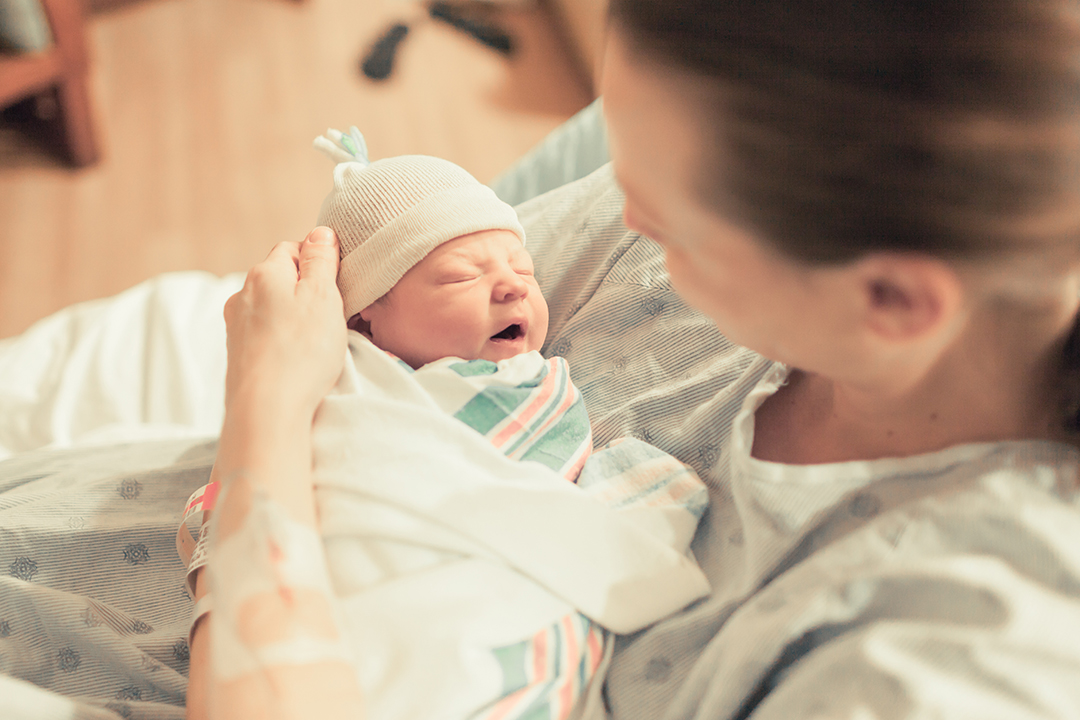
Understanding the 'bacterial bond' between mother and baby
A collaborative study that includes researchers from the University of Saskatchewan (USask) and the University of British Columbia is focusing on an unusual but significant aspect of the relationship between a mother and her infant.
By Elina RenThe Maternal Microbiome Legacy Project is a three-year investigation that uses genetic testing to study the connection between the bacterial communities present in a mother and those that develop in her infant after birth – specifically, the role that the maternal bacterial communities or microbiome play in establishing the infant’s gut microbiome during the first three months of life.
“The interesting question is, when we first enter the world, how do we become colonized with organisms?” says Dr. Janet Hill, a co-investigator in the study who heads the Hill Lab in the Western College of Veterinary Medicine (WCVM). “And the process of establishing the initial population -- does it have any long-term effects on our health as we age?”
We know that large quantities of bacteria exist on and in the human body, forming communities known as the human microbiome. While these micro-organisms live in harmony and co-evolve with us, they affect many aspects of human health, including nutrition, digestion and immunity.
“The relationship between the mother’s microbiota and the infant’s microbiota is potentially a very important thing to understand in terms of infant’s health,” says Hill. “Currently there is a lot of information about different activities and processes that people are doing with a new baby which may or may not be beneficial.”
In particular, Hill refers to “vaginal seeding,” a practice in which an infant born through caesarean section is wiped with a swab from the mother’s vagina. Although the process is meant to ensure the infant gets the same exposure to the mother’s vaginal microbiota as a naturally delivered infant, there is currently no evidence to support the benefit of such a practice.
The researchers know that the relationship between the mother’s and the infant’s microbiota does not stay constant. The microbiome evolves and changes as the baby ages and is exposed to organisms outside of its mother – organisms from their clothing, from other family members or pets and from the environment.
“[We hope to see] how long lasting this relationship is and whether or not any differences we can detect in infants in the beginning are still in place after several months,” says Hill.
Now in its second year, the project promises to provide important information that can help inform decisions about delivery options and practices such as vaginal seeding that could impact the development of the microbiota and the future health of the child.
“Hopefully these results will help to inform physicians about making recommendations on practices, and they may also give some clues on how to support the development of a healthy microbiota in the child,” says Hill.
Elina Ren is from Yancheng, China, and will be entering her fourth year of a Physiology and Pharmacology degree program in the USask College of Arts and Science.
